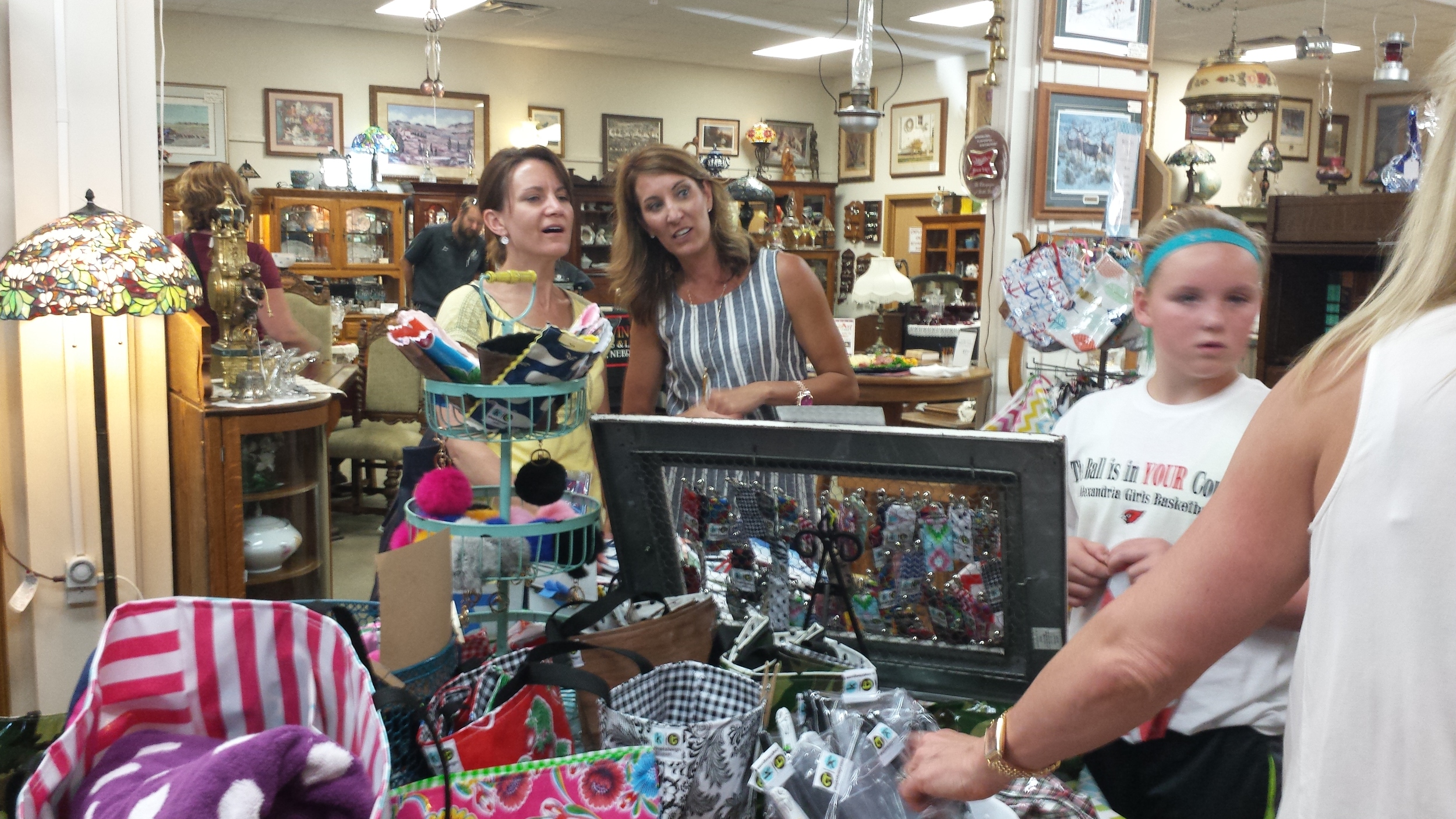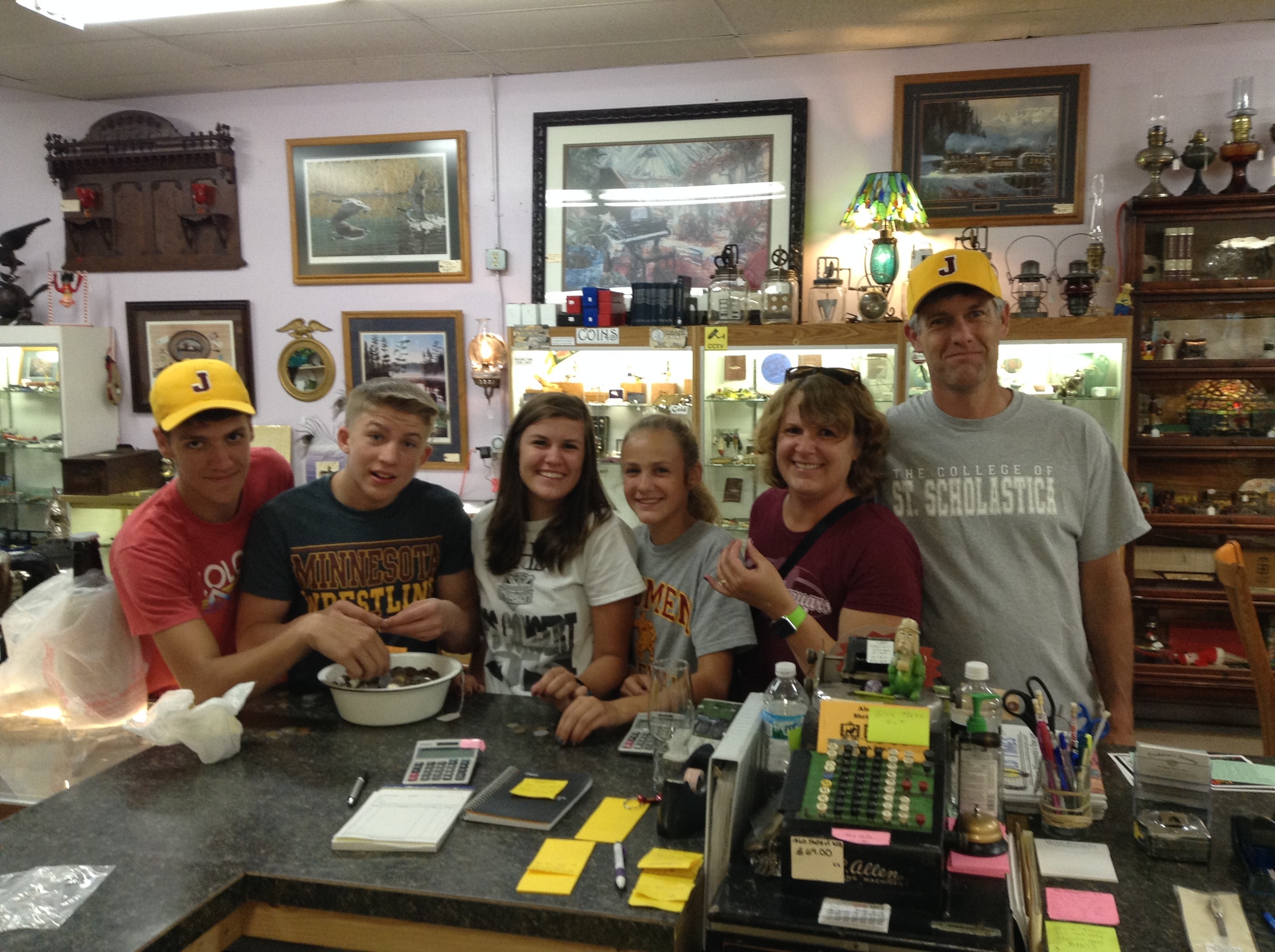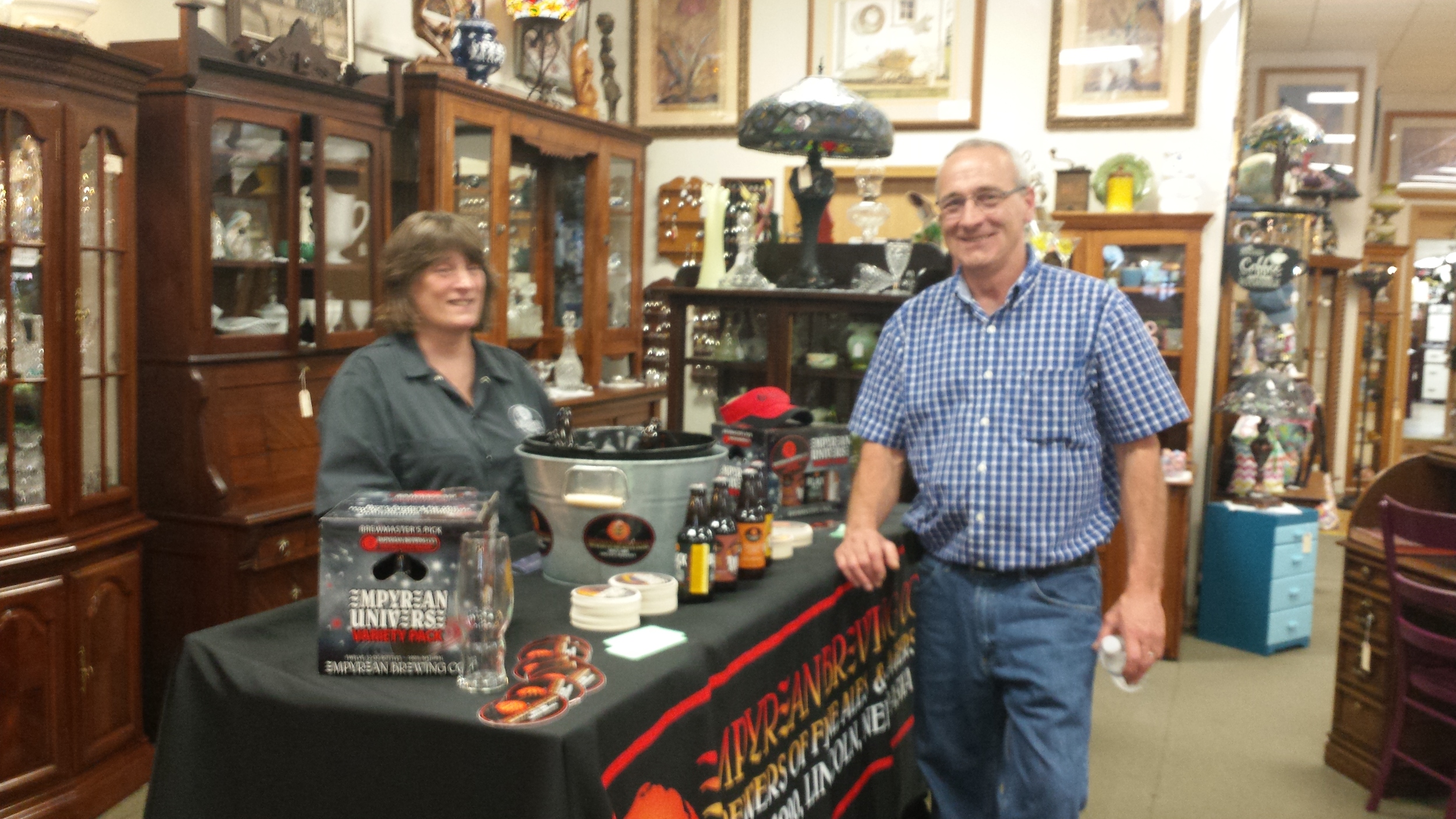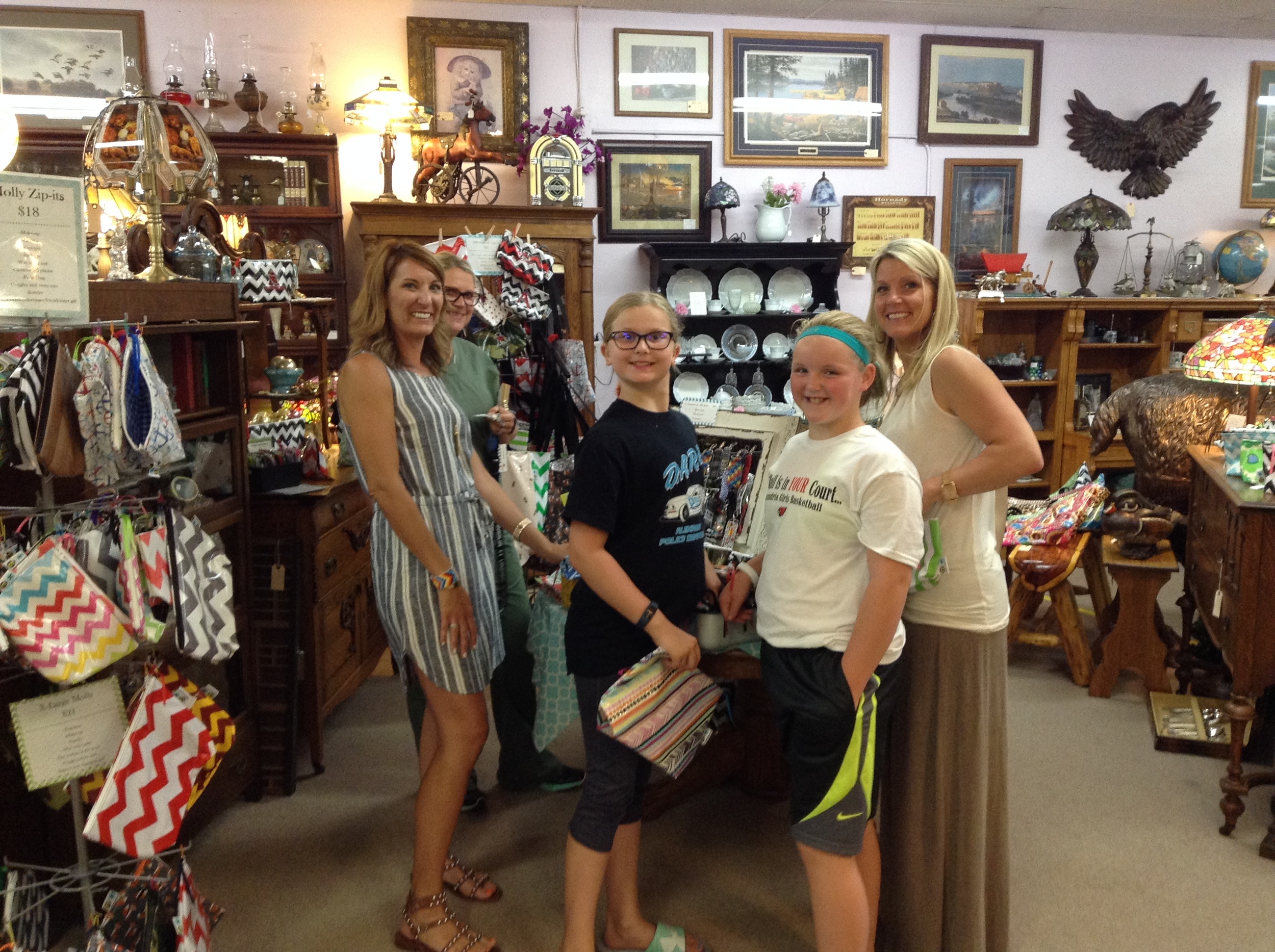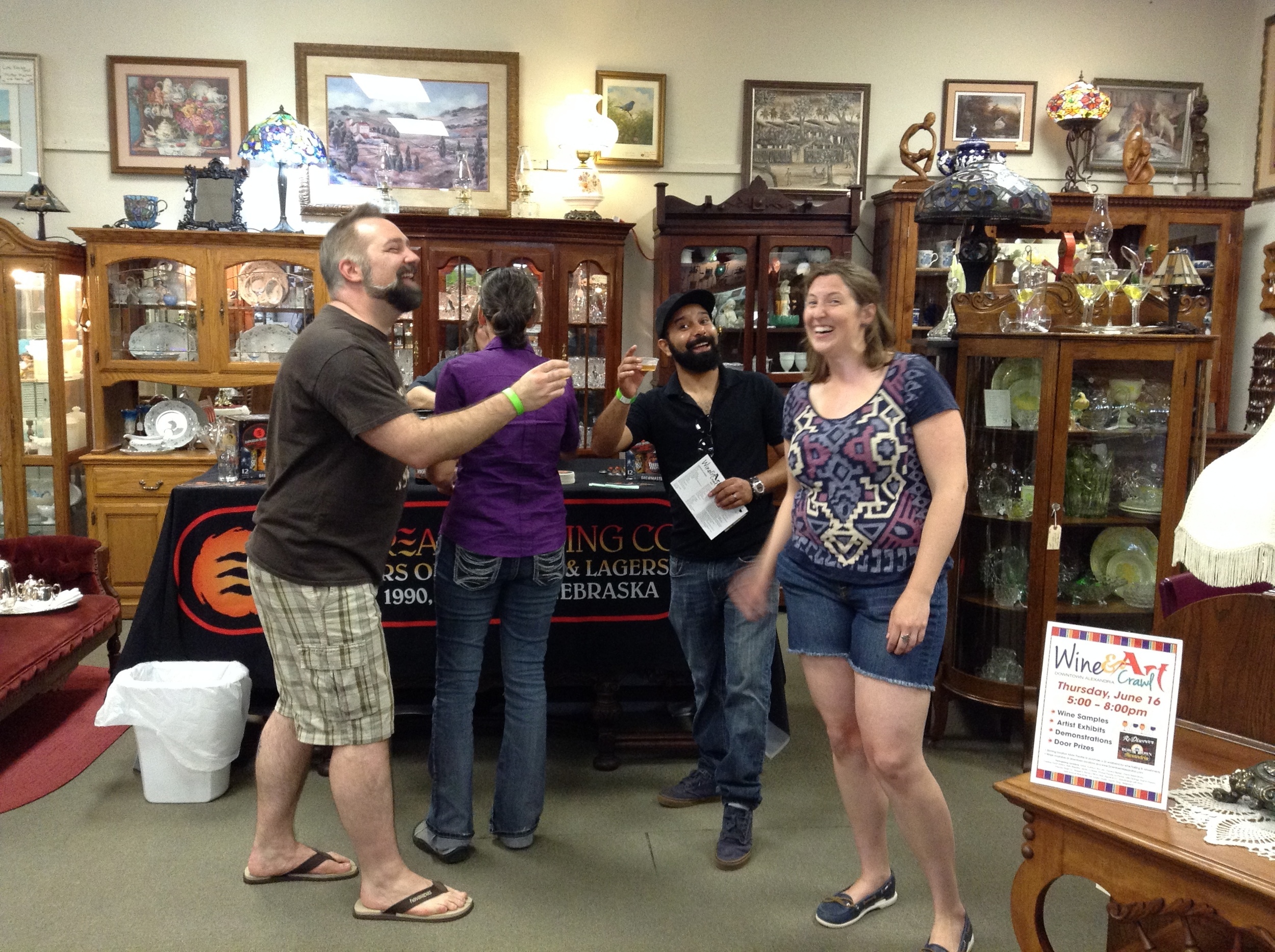4. Old Glory of 1824
Although historians cannot completely settle on when the American flag was first called Old Glory, everyone agrees where this name came from. William Driver was a young, 21-year-old sea captain setting sail for his first command upon the Charles Doggett. As a farewell gift, he was presented with a 17 foot, 24 star flag to hoist up his main mast. The flag flew proudly over his ship for 13 years and was named “Old Glory”. Upon Captain Driver’s retirement from seafaring, he flew Old Glory from his new home in Nashville, Tennessee. As the Civil War approached, the American flag became a proud symbol of national unity, Driver even had the ten additional stars sewn onto his flag. However, having Old Glory fly over his home became a source of contention within the Driver household, as two of his sons were loyal to the Confederate cause and enlisted with the Confederate army. After the state of Tennessee seceded from the Union, many attempted to seize Old Glory from Driver, even coming armed to the captain’s home. This led Driver to hide the flag by having it sewn into his bed quilt. In 1862, Nashville was the first Confederate capitol to fall to the Union army. Accounts taken after the battle record Driver arriving at the Union camp and requesting an audience with the commander in charge, William “Bull” Nelson. When General Nelson approached, Driver proceeded to cut Old Glory out of the bed quilt in front of a crowd of very confused onlookers. Driver presented the flag to General Nelson and requested that it be flown from the Nashville Statehouse in replacement of the Confederate flag. The on looking men from the Sixth Ohio regiment cheered and later adopted “Old Glory” as their motto. Old Glory stayed with the Driver household through the remainder of the war.















